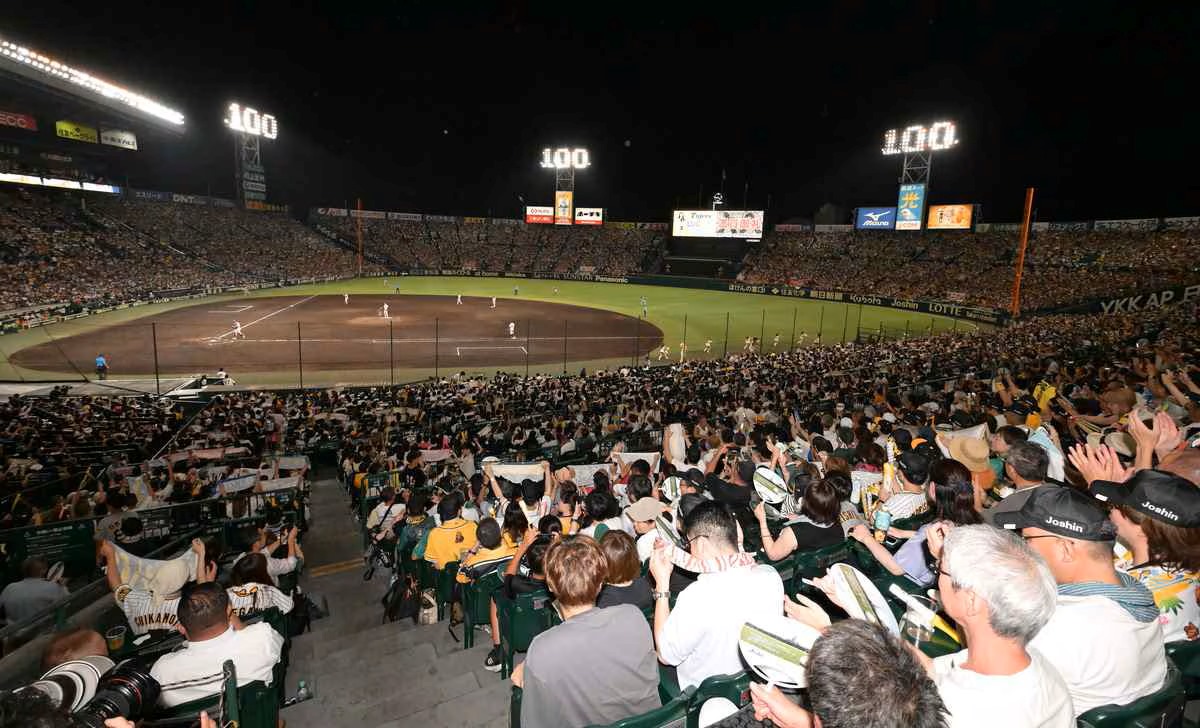
Koshien Stadium near Kobe is celebrating its centenary. The stadium serves as the home of the Hanshin Tigers professional baseball team. However, Koshien is also known as the "holy ground" of Japanese high school baseball.
On the well-maintained grounds of natural grass and black soil, stars of the past have mesmerized fans in many memorable games.
This milestone reflects on the past century and the next 100 years that lie before us. Above all, it honors those who have preserved its traditions.
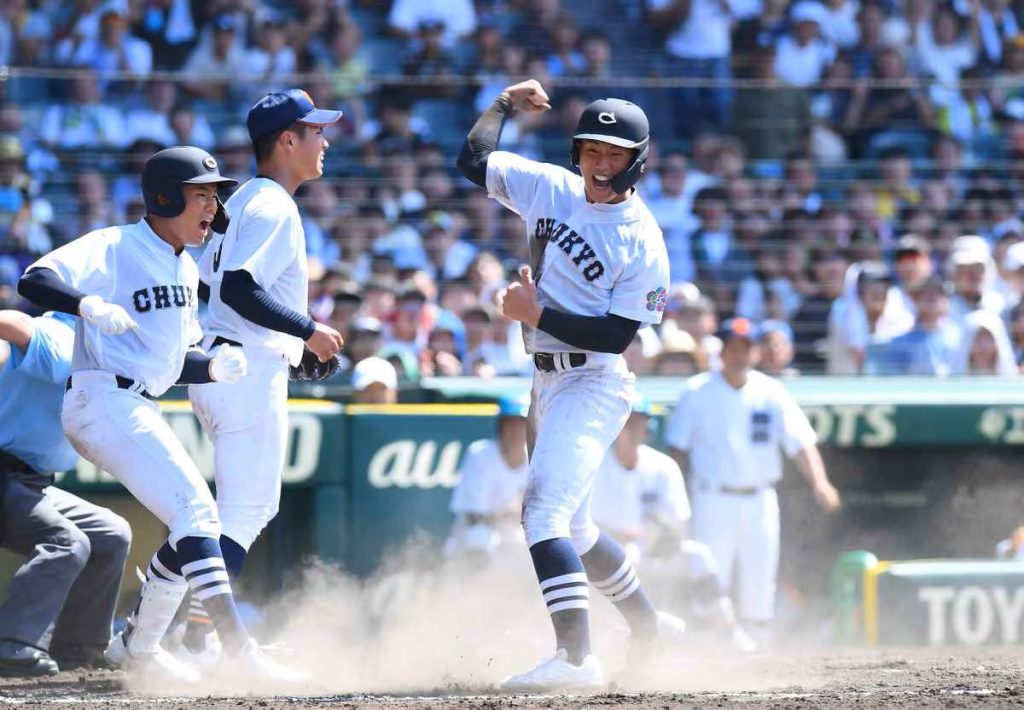
A Home for High School Baseball
Koshien Stadium opened on August 1, 1924, the 13th year of the Taisho era. Almost immediately it became the venue for the 10th National Secondary Schools Baseball Championship Tournament. It was that era's equivalent of the current National High School Baseball Championship known as "Summer Koshien." The National High School Baseball Invitational Championship ("Spring Koshien") started the following spring.
Who can forget, even now nearly 40 years later, an April 1985 game against the Yomiuri Giants, where three Hanshin Tigers hit three consecutive home runs that reached the back of the screen? The three were Randy Bass, Masayuki Kakefu and Akinobu Okada. For Hanshin fans, that was indeed a year to remember. Their team won its first Japan Series, and they also witnessed this memorable event in the history of Japanese baseball.
There is a famous hamakaze (right field) wind that blows around Koshien. It blows hits that look to be home runs back onto the playing field and has become the factor deciding the outcomes of many games. Then, too, it has ended up leaving many young high school ballplayers either incredibly happy or completely forlorn.
Among the brilliant players who have played at Koshien are Koji Ohta from Misawa in Aomori Prefecture, the "KK Combi" of Masumi Kuwata and Kazuhiro Kiyohara from PL Gakuen in Osaka and Daisuke Matsuzaka ("the Monster of the Heisei Era") from Yokohama in Kanagawa Prefecture. Over each era, we have cherished memories of great players and great games.
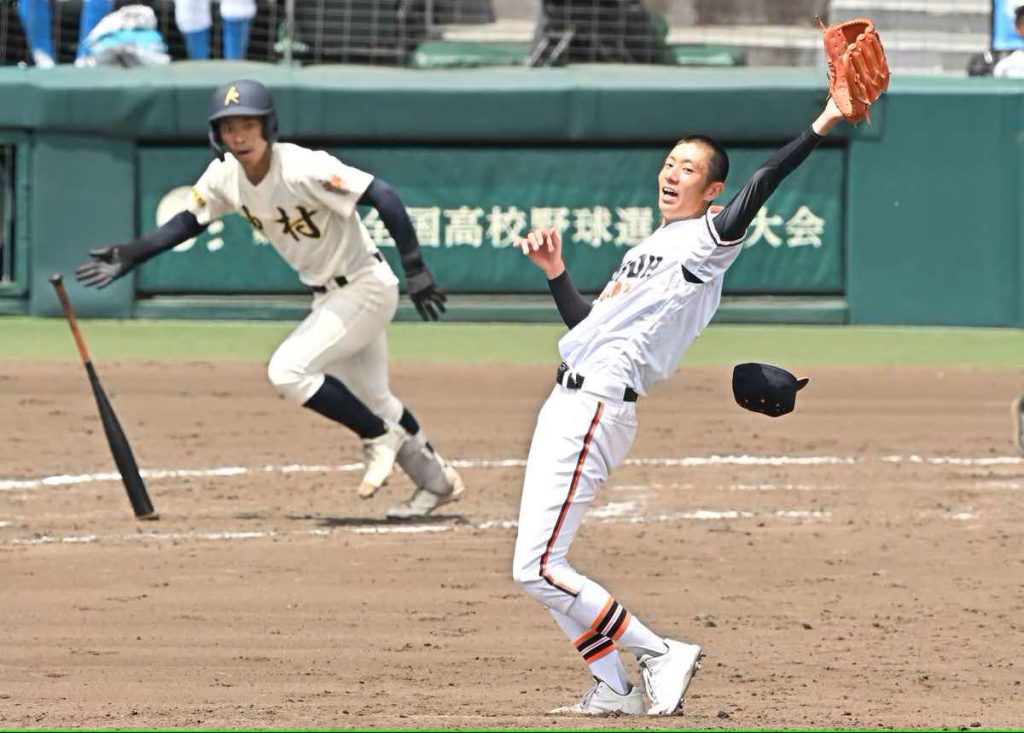
Enduring Through Hardships
During World War II the high school baseball tournament was canceled. Its large roof covering the infield seats, known as the "Daitetsu Umbrella," was dismantled. The metal was donated to the military.
After the war, the US military temporarily took over the stadium. But high school baseball returned to Koshien Stadium in the spring of 1947 with an invitational tournament.
When the Great Hanshin Earthquake struck in January 1995, the tournament was still held in the spring of that year. That was despite the stadium sustaining damage such as cracks in the ground. Once again Koshien sent out a message of recovery and endurance.
The century-long story of Koshien should not be discussed without mentioning the sweat and tears of those who overcame such numerous hardships.
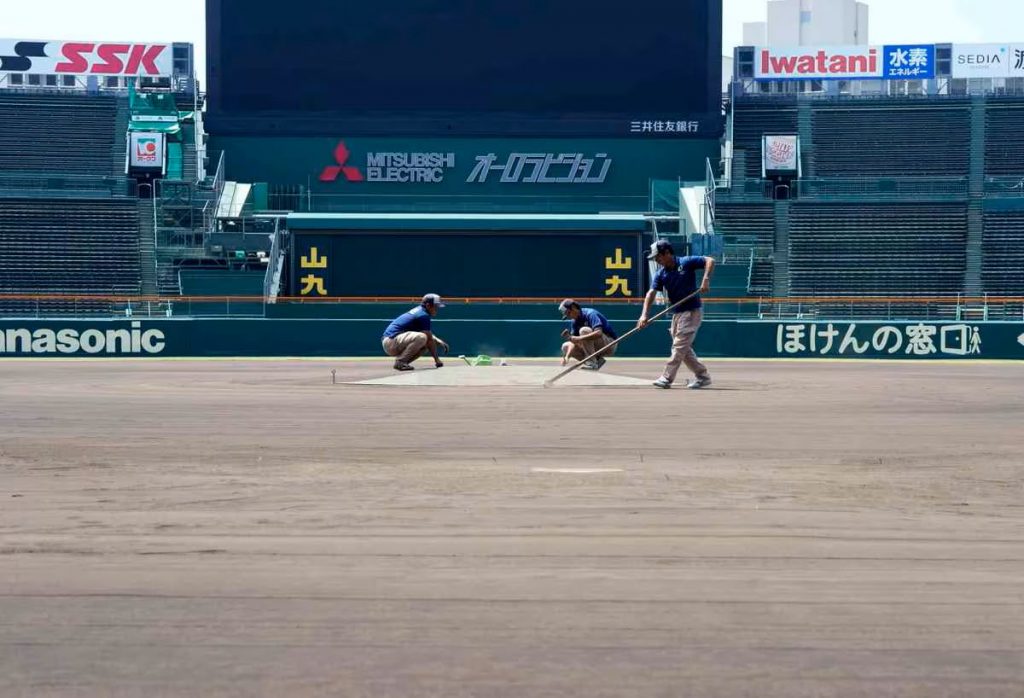
Adjusting to the Times
High school baseball is now at a crossroads. Climate change means that the summer heat is more intense. A major challenge is how to balance the health of athletes with the continuation of the tournament. For the summer championship tournament, which began on August 7, some of the games are being divided into morning and evening sessions. Organizers have also started discussing the introduction of a seven-inning format.
While maintaining the traditions of Koshien as the "sacred ground" for Japanese baseball, it will also be necessary for the ballpark to evolve into a facility that offers entertainment other than baseball. Hopefully, there will be a never-ending search for new approaches so that the stadium will remain beloved for the next 100 years.
RELATED:
- Another COVID-19 Cancellation: Can There Be Summer Without High School Baseball’s Koshien?
- BASEBALL | Chiben Wakayama Scores Early En Route to Winning National High School Title
(Read the editorial in Japanese.)
Author: Editorial Board, The Sankei Shimbun

Nagoya Basho Tournament Records
| Day | Opponent | Result |
|---|


















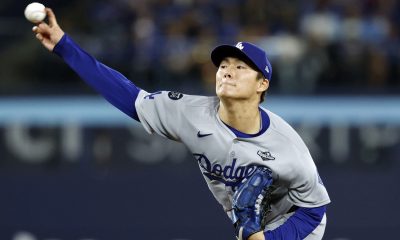
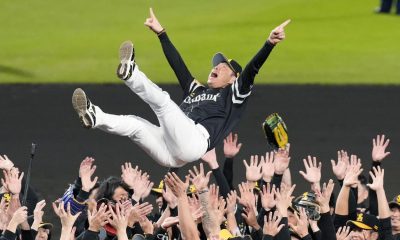

You must be logged in to post a comment Login